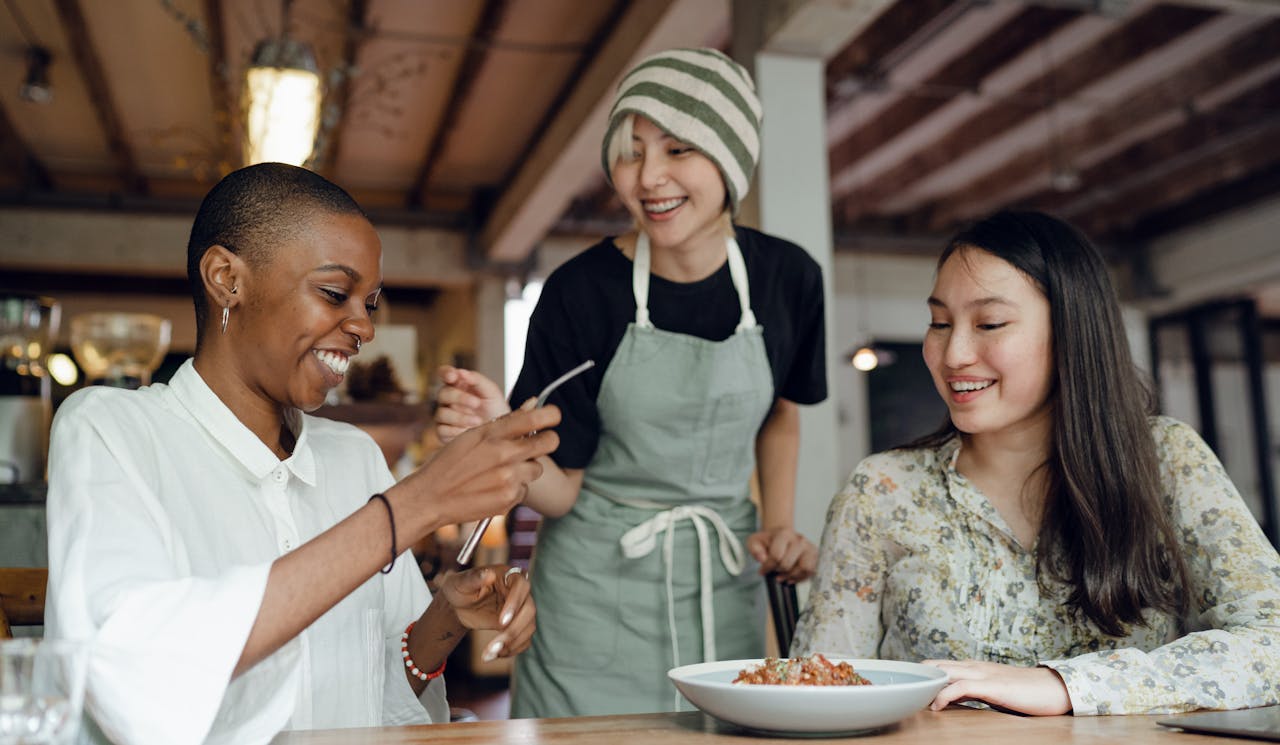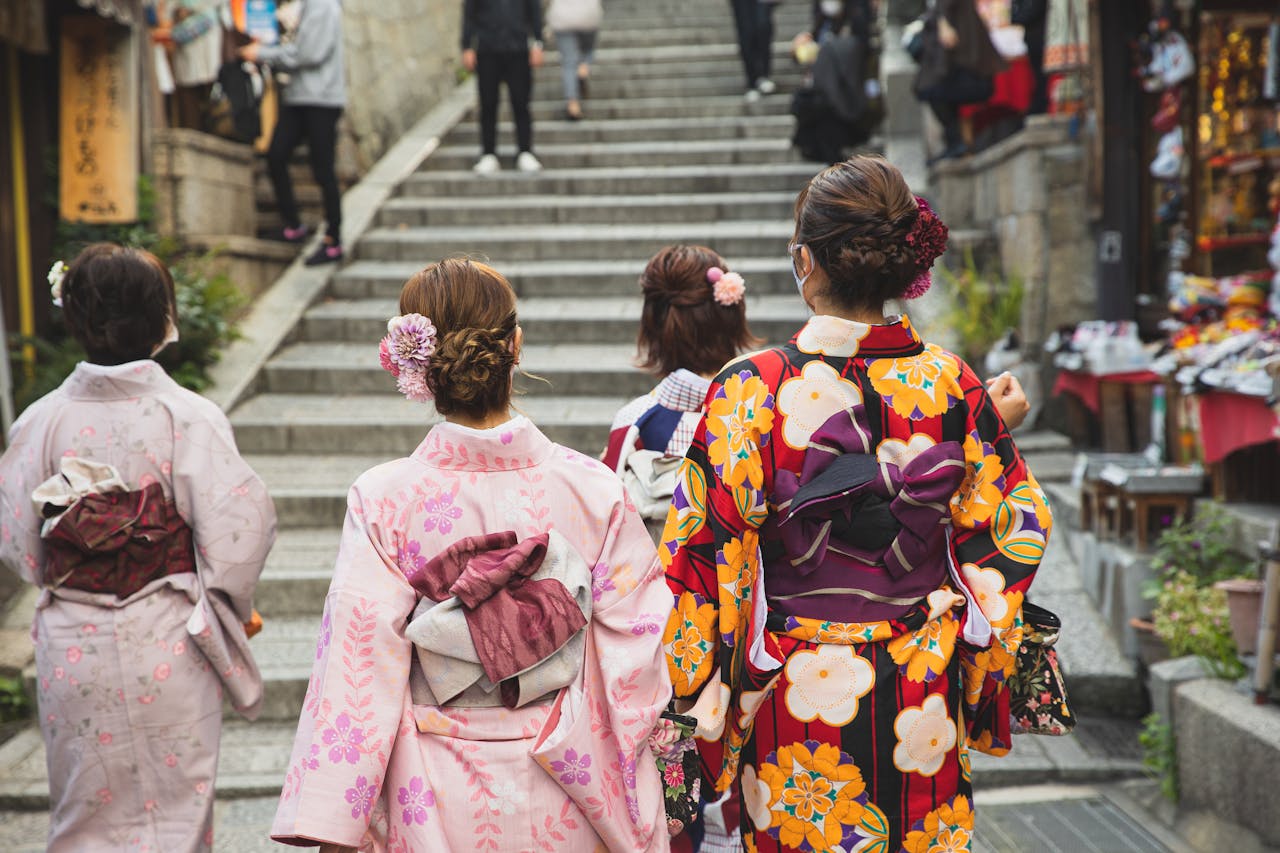Authentic travel is less about racing through landmarks and more about learning how people actually live. If you want your trip to feel memorable and meaningful, focus on small daily interactions, not just the big attractions.
This guide shows you how to blend in, meet people where they are, and build a trip that trades checklists for connection. You will learn how to prepare before you go, choose the right neighborhood, navigate public transport, eat where residents eat, and join community life in respectful, low-cost ways. The goal is simple: depth over speed, and stories you could not have collected from a tour bus window.
Set the Right Mindset Before You Go
Arrive curious, not entitled. A little preparation changes the way doors open for you. Learn a handful of phrases in the local language and you will find that even simple efforts earn patience and smiles. Study basic etiquette so you do not accidentally offend. Plan fewer sights per day so you can linger and notice things like school rush hour, the music drifting from a workshop, or how people greet one another at a bakery. These details are where culture lives.
Learn Key Phrases and Signals
Memorize 15 to 20 phrases that you will use every day. Start with hello, please, thank you, excuse me, numbers to ten, a question for recommendations, and how to say I do not speak much of the language. Practice pronunciation with videos or language apps before the flight. Pair phrases with gestures that are common in the region. For example, if locals point with a full hand rather than a single finger, copy that practice. When you order food or ask for directions in the local language, you will get better answers and often a warmer welcome.
Understand Etiquette and Everyday Rules
Look up dress expectations for religious sites, if shoes come off indoors, and whether people queue strictly or keep a looser line. Learn the local approach to tipping and bargaining. Get clear on photo consent. Many vendors are proud to be photographed if you ask first and make a purchase. A few minutes of research avoids misunderstandings and builds trust quickly.
Pack for Respect, Not Just Style
Add a modest outfit for sacred spaces, a light scarf or hat for sun and etiquette needs, a reusable bottle, a small tote for markets, and offline maps for navigation when service is spotty. These items make it easier to say yes to spontaneous invitations without scrambling for basics.
Stay Where Daily Life Happens
Your address shapes your entire trip. A room in a residential neighborhood exposes you to morning routines, school drop offs, neighborhood parks, and market rhythms that hotel districts can hide. Look for homestays, locally owned guesthouses, or apartments in areas with grocery stores, laundries, and bus stops. Read recent reviews that mention noise levels, safety after dark, and proximity to markets. Check a map for green spaces and small squares, then plan to visit them at the same times locals do.
Choose Local Stays and Residential Streets
Filter listings by neighborhoods a short walk from a daily market or transit line. If a host offers to meet you, accept, and ask where they buy produce, which bakery they prefer, and what time families gather at the plaza. These questions show real interest and generate reliable tips that are not copied from a guidebook. Keep a short list of places to try, then leave gaps in your days so you can follow new suggestions.
Eat, Move, and Shop Like a Resident

Food, transport, and small purchases are the heartbeat of daily life. When you line up for a tram, ask the butcher which cut locals cook at home, or buy a handmade item directly from its maker, you are doing more than consuming. You are joining in, learning, and supporting people who live there.
Eat What Locals Eat
Skip the restaurant row that advertises menus in five languages and head to spots with handwritten boards, short daily specials, and tables full of residents. Look for signs of fresh turnover like small menus and busy lunch hours. Ask the staff how dishes are normally eaten and which condiments locals pair with them. If there is a market, visit in the morning when produce is most active. Buy a small snack you have never tried, then ask the vendor when locals typically eat it and at what occasions. You will leave with flavor memories and a story that does not sound like every other trip report.
Use Public Transport to Learn the Rhythm
Buses, trams, metro lines, and ferries reveal a city’s true shape. Ride at nonpeak times when there is space to observe. Watch how people queue, how loudly they speak on phones, and how tickets are validated. If a city uses transit cards, get one even if you only need a few rides. It speeds up boarding and signals that you respect the system. Public transport cuts costs, reduces your footprint, and often delivers you to neighborhoods you would have missed.
Support Local Makers and Services
Choose artisans, co-ops, and small workshops over souvenir superstores. When a maker explains the materials and how long a piece takes, you are buying both an object and a connection. Book small, locally run tours for specific interests, such as birding at dawn or a neighborhood architecture walk. Keep groups small so you are not overwhelming the space you are trying to appreciate.
Join Community Life

Culture lives in the places where people gather after work and on weekends. That might be a local soccer pitch, a poetry night, a dance lesson in a community center, or a neighborhood festival. Scan bulletin boards, library calendars, and social media pages that list events in the local language. Ask staff at cafes for ideas using questions that invite personal pride, like where they would take a close friend to celebrate or which street is the nicest for an evening walk. These prompts surface places that residents truly value.
Workshops, Small Venues, and Everyday Events
A one-hour cooking class, a pottery studio session, or a folk dance rehearsal teaches you vocabulary, etiquette, and history in a single sitting. Arrive a bit early to say hello, and stay a few minutes after to thank the instructor. If you enjoyed it, ask what the next step would be for a curious visitor. You might get an invitation to a neighborhood gathering or a tip about a small venue you would not find online.
Explore Off the Beaten Path, Safely
Wandering is powerful when paired with common sense. Use offline maps and save locations you want to find. Share a loose plan with a friend or your host. Explore side streets during shop hours when people are around, and stick to well-lit areas after dark. Keep valuables zipped inside a bag you can wear in front on crowded transit. Pause to observe before you enter a space, then mirror the volume, pace, and body language you see.
Walk With Intention and Photograph With Care
On sidewalks and escalators, follow local flow on which side to stand and which to pass. If trains are quiet, keep calls short. For photography, look for a nod or a smile before pointing your lens at people. If you photograph a stall or a craftsperson, make a purchase or tip as a thank you. When in doubt, ask first and accept a no with grace.
A One-Day Immersion Template You Can Use Anywhere
- Morning: Start at a neighborhood market. Buy breakfast from a small stall and ask the vendor how the dish is usually eaten at home. Visit a public park or square and sit for ten minutes to observe greetings and routines.
- Midday: Take public transport two or three stops to a residential district. Eat at a family-run spot with a short lunch menu. Ask the staff for one phrase you should learn and write it down.
- Afternoon: Join a workshop related to local crafts or food. After class, stop by a community center, library, or small gallery. Spend time in a cafe frequented by residents and read event posters.
- Evening: Attend a minor league game, a low-cost music set, or a community theater show. Walk back along a lively street and buy a snack recommended by someone you met earlier. This simple pattern repeats in any city or town, and it reliably creates real contact.
What To Avoid If You Want To Blend In
Skip rigid minute-by-minute itineraries that leave no room for conversations. Avoid chain restaurants you already know at home. Do not overuse ride-hailing for short hops that are pleasant to walk or ride by tram. Keep bargaining respectfully, and stop if the price is already fair. Do not treat people as photo props. Replace these habits with flexible planning, local eateries, short public transport rides, and questions that show curiosity rather than comparison.
Quick Prep Checklist
Phrase list saved to your phone, modest outfit for religious sites, reusable bottle, small tote for markets, offline transit and neighborhood maps, a small gift from home for hosts, such as regional candy or a postcard, and a simple notebook to capture names, phrases, and places you want to remember.


